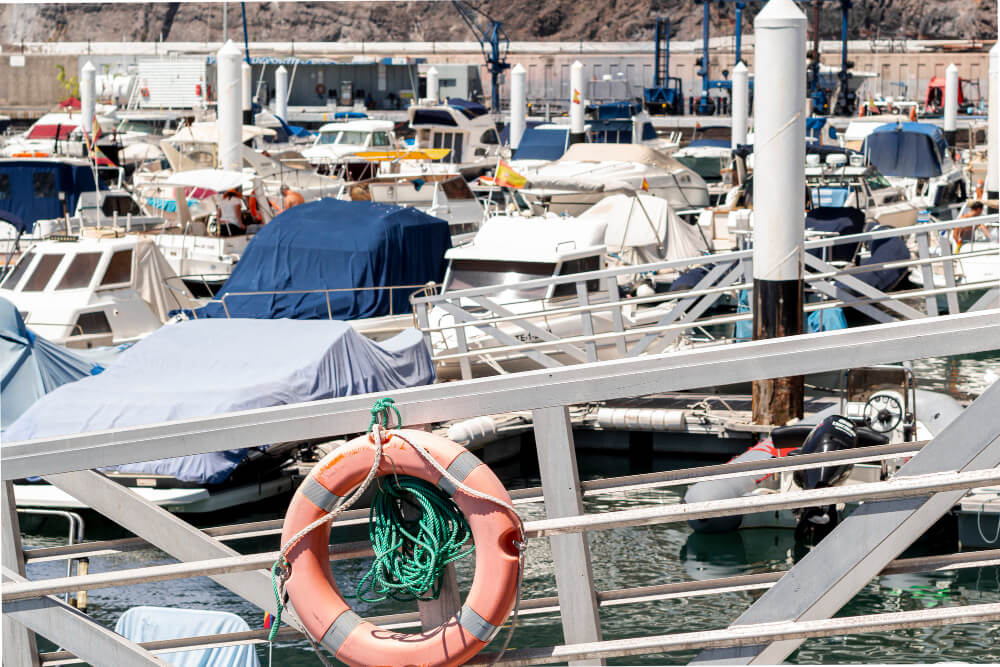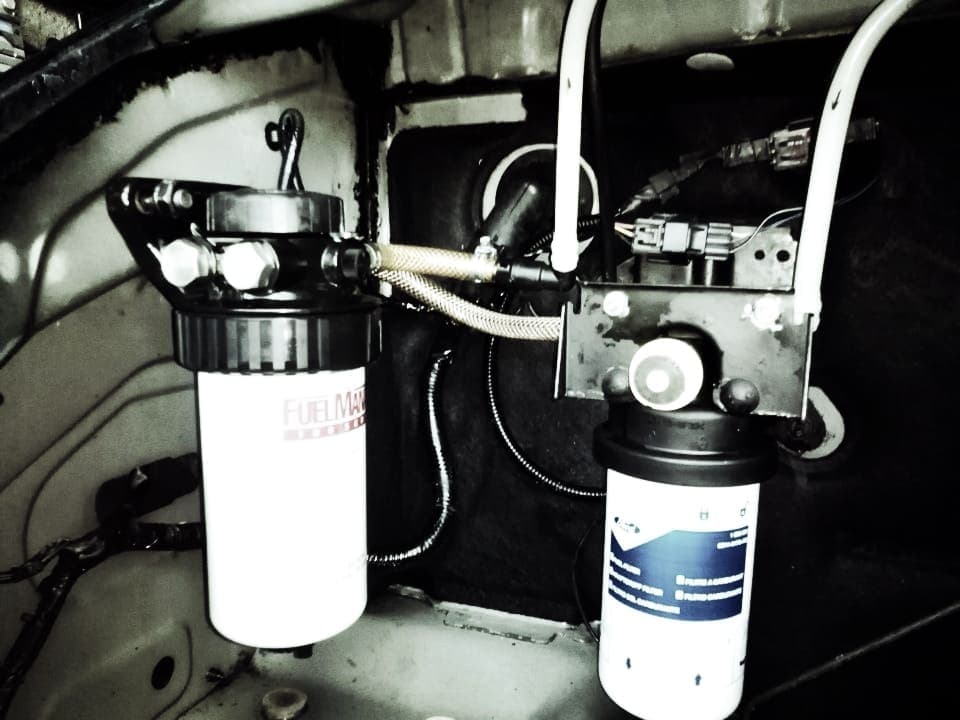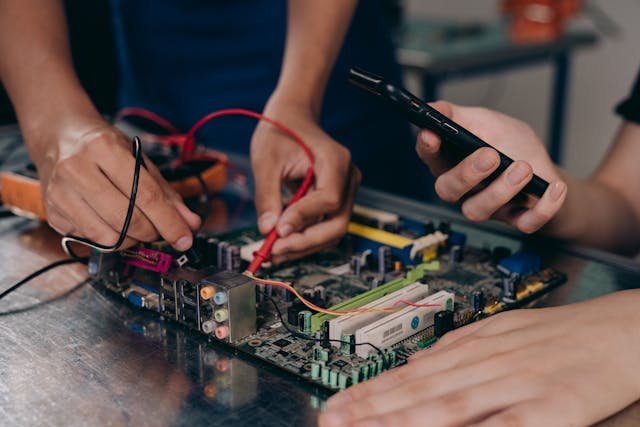When the boating season winds down and the colder months roll in, it’s time to think about how to protect your boat through the winter. Most people focus on engine and fuel system maintenance, but your boat’s interior, electrical system, and batteries need just as much attention. These parts are often overlooked, and when neglected, they can cause frustrating and expensive problems in the spring.
Here’s what every boat owner should know about preparing their boat’s interior and electrical systems for winter.
Start with a Deep Interior Clean
Before sealing your boat for the season, take the time to give the cabin, galley, and storage areas a good cleaning. Dirt, crumbs, and damp materials can lead to mildew and unpleasant odours when the boat sits closed up for months.
- Remove soft furnishings such as seat cushions, bedding, and towels. Take them home to clean and store them in a dry place.
- Wipe down surfaces with a mild cleaner, especially around windows and gaskets where moisture tends to collect.
- Empty the fridge, pantry, and bilge. Any leftover food or moisture can attract pests or mould.
Once everything is clean, place a few moisture absorbers or small dehumidifiers around the cabin. This simple step helps prevent mildew from forming while the boat is in storage or shrink-wrapped.
Take Care of Your Electrical System
Cold and damp conditions can affect your boat’s electrical components if they’re not properly protected. Before shutting things down for the season:
- Inspect all wiring and connections for corrosion or fraying. Replace or repair any damaged sections.
- Turn off all breakers, switches, and power sources that won’t be used during storage.
- Unplug non-essential electronics like GPS, radios, and battery chargers. It’s better to remove smaller items completely and store them indoors.
- Apply a light coating of corrosion inhibitor on exposed terminals or connectors.
If your boat is stored outside, ensure the shrink wrap or tarp doesn’t trap condensation around electrical components. Proper ventilation under the cover can save you from costly electrical repairs later on.
Battery Care During the Off-Season
Batteries are one of the most common things to fail after winter storage, but it’s easy to avoid this with a few simple steps.
- Disconnect your batteries before storage. Leaving them connected can slowly drain them, especially if small devices draw power in standby mode.
- Check the charge level and fully recharge them before removing. A charged battery is less likely to freeze or sulphate.
- Store batteries in a dry, cool (but not freezing) place. If you can, bring them indoors and keep them on a wooden shelf rather than directly on concrete.
- Use a smart battery maintainer or trickle charger over the winter to keep them topped up without overcharging.
If you leave your boat plugged in all winter, make sure your onboard charger is functioning properly and suited for long-term use.
Final Steps Before Sealing It Up
Once the interior is clean, the electrical system is checked, and the batteries are stored properly, you’re almost ready to wrap your boat for winter.
- Make sure the bilge is dry and pumps are off.
- Leave cabinet doors or hatches open to allow airflow.
- If you’re shrink wrapping, include vents to prevent trapped moisture.
Taking the time to prepare your boat’s interior and electrical systems now means fewer headaches when spring arrives. You’ll save money on repairs, extend the life of your components, and step aboard a boat that’s clean, dry, and ready for the water.
Keep Your Boat Protected This Vancouver Winter
If you’d like professional help with boat winterization, shrink wrapping, or even an electrical system repair, our team at OS Marine Maintenance & Repair Services can handle it all. Contact us today to get your boat ready for winter and protect it from the cold, damp months ahead.








